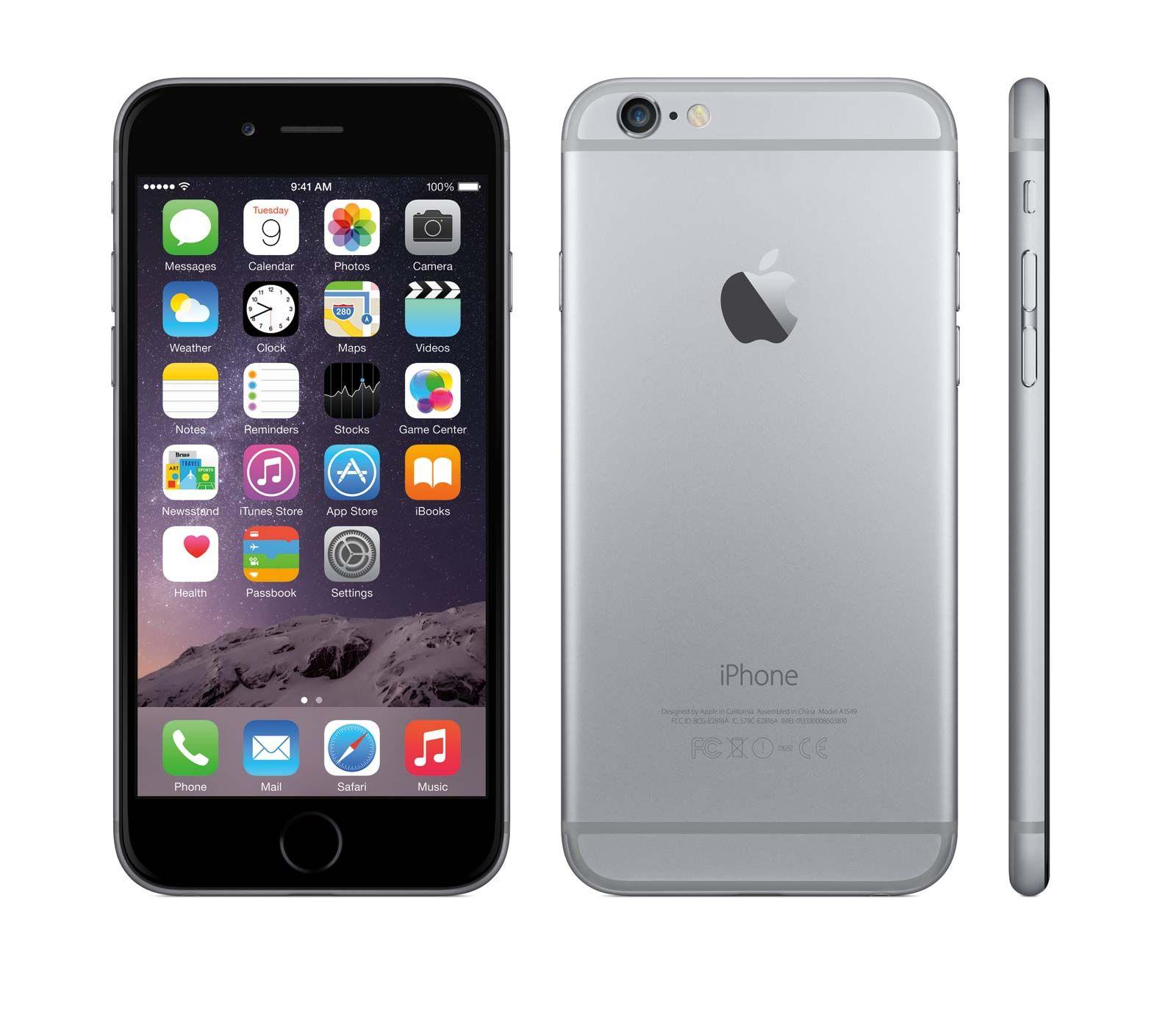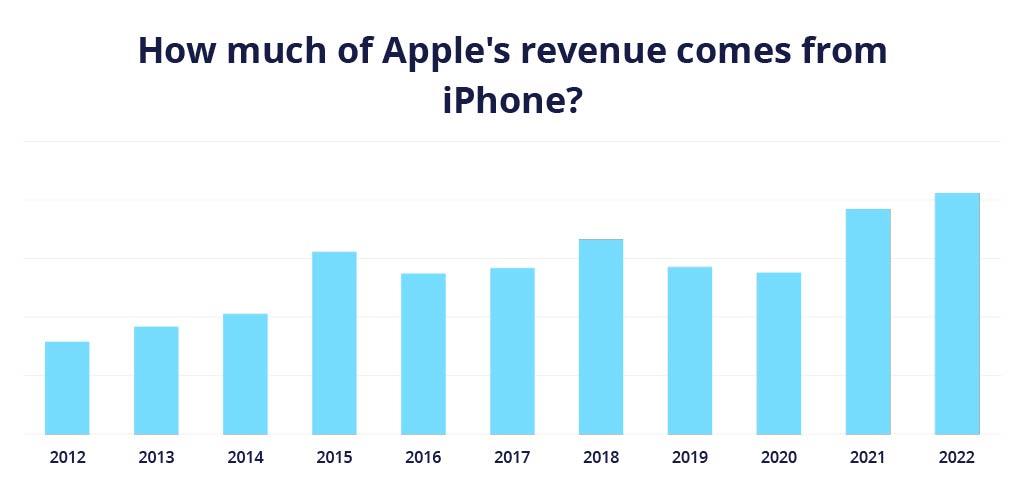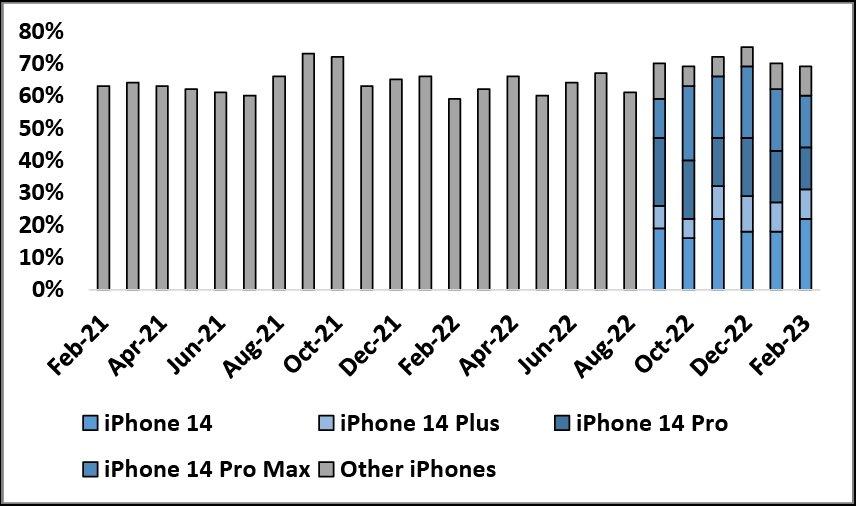Sales Surge Analysis of Apple’s Latest iPhone in key Markets
The latest release of Apple’s iPhone has led to an remarkable growth trajectory, with sales figures indicating a remarkable 14% increase compared to its predecessor in the key markets of the united States adn china. This surge is attributed to a combination of factors, including enhanced technological innovations, superior camera capabilities, and the strategic marketing initiatives apple employed during the launch. Analysts note that the new model has struck a chord with consumers through its emphasis on not just aesthetics, but also functionality, which caters to a growing demand for high-performance smartphones.The overwhelming response in both countries highlights Apple’s enduring brand loyalty and the effectiveness of its global supply chain, allowing for swift distribution to meet the heightened demand.
In addition to the impressive numbers, several demographic trends have emerged among the new iPhone buyers. The data suggests that a considerable portion of the consumer base includes younger demographics, especially those aged between 18 to 34 years, who are drawn to features like enhanced gaming capabilities, immersive AR experiences, and improved battery life. Furthermore,a meaningful percentage of purchasers are opting for the higher-tier models,indicating a willingness to invest in premium technology. As Apple continues to solidify its position in these lucrative markets, it remains to be seen how competitors will respond, especially as consumer preferences continue to evolve and shape the smartphone landscape.
Consumer Preferences Driving the Growth Behind iPhone’s Popularity
The remarkable sales performance of Apple’s latest iPhone can be directly attributed to a distinct shift in consumer preferences. Unlike previous generations, today’s buyers are more discerning and informed, prioritizing features that enhance connectivity and usability. Key factors contributing to this trend include:
- Camera Quality: The increasing emphasis on social media has fueled demand for superior camera capabilities, compelling Apple to innovate continually.
- 5G Connectivity: As 5G networks expand, consumers are seeking devices that can leverage these advancements for faster download speeds and improved connectivity.
- Brand Loyalty: A strong ecosystem of Apple products encourages users to remain loyal, with seamless integration being a significant draw.
Furthermore, the recent model has demonstrated a heightened commitment to sustainability, appealing to environmentally conscious consumers. This shift not only encompasses the materials used but also extends to energy efficiency and recycling programs. Consumers are increasingly weighing their choices based on the ethical implications of their purchases. As an inevitable result, Apple’s strategy aligns with changing societal values, ensuring the new iPhone not only meets technological expectations but resonates deeply with the values of modern consumers.

Market Strategies Contributing to Enhanced sales Performance
Apple’s latest iPhone model has captured significant consumer interest, leading to a notable 14% increase in sales compared to its predecessor in both the US and China.This surge is a reflection of the company’s strategic marketing initiatives that have effectively engaged a broad audience. Key factors contributing to this success include:
- Innovative Features: The new iPhone boasts enhanced camera technology and improved battery life,appealing to tech-savvy consumers seeking the latest advancements.
- Targeted Advertising: Apple’s use of data-driven marketing strategies, including social media campaigns and influencer partnerships, has successfully reached younger demographics.
- Effective Launch Events: The company’s high-profile product launches create excitement and anticipation, drawing media attention and consumer interest alike.
- Exclusive Promotions: Special trade-in offers and promotional pricing strategies have incentivized existing customers to upgrade, while also attracting new users.
Furthermore, Apple’s strategic positioning within the premium smartphone segment has reinforced its brand identity as a leader in quality and innovation. This has enabled the company to differentiate itself from competitors in a congested market. Additional elements enhancing sales performance include:
- Retail Experience: Apple Stores continue to provide a unique customer experience, allowing potential buyers to try products firsthand and receive personalized service.
- Global Supply Chain Optimization: Timely availability and efficient distribution channels have ensured that demand is met swiftly, minimizing wait times for customers.
- Cultivating Loyalty: Through its Apple ecosystem, the company fosters consumer loyalty, encouraging users to stay within its product range for seamless integration and service continuity.

Future Outlook and Recommendations for Apple’s Continued Success
As Apple continues to ride the wave of success with its latest iPhone model,it is indeed imperative for the tech giant to strategically position itself for sustained growth. To maintain this upward trajectory, Apple should focus on integrating advanced technologies such as augmented reality (AR) and artificial intelligence (AI) into its product lineup. By enhancing user experience through innovative features and ensuring seamless integration with existing devices, Apple has the possibility to not only attract new customers but also retain its loyal fan base. Additionally, exploring options for improved battery life and sustainability can solidify its reputation as a forward-thinking company committed to environmental duty.
Moreover, expanding services and enhancing customer engagement are critical components for long-term success. Apple could consider:
- Personalized marketing strategies leveraging user data to deliver tailored content and product recommendations.
- Expanding subscription services like Apple TV+ or Apple Music to ensure a steady revenue stream beyond hardware sales.
- Investing in global markets where smartphone penetration is still growing, particularly in regions like India and Southeast Asia.
By adopting these strategies, Apple can not only capitalize on its current momentum but also establish a robust foundation for ongoing innovation and market leadership.
